Chalk paint burst onto the arts and crafts scene some time ago already, yet it continues to grow in popularity.
“One of the main reasons that chalk-based paints are so popular is the versatility, safety and ease of use of the product,” explains Yolande Terblanche, Managing Director of Granny B’s Old Fashioned Paint in Randburg. “Almost all chalk-based paints are water-based, which means no solvents and in most cases very low or no content of toxic elements,” she adds. Another big pro of chalk paint, says Yolande, is that it adheres to almost any surface with little or no preparation, plus the chalky texture it creates adds to the character of the painted piece.
So many uses
Interestingly, paints containing calcium carbonate (chalk) compounds have been around for well over a century. And today’s chalk-paint enthusiasts are constantly looking for new ways to add more texture to their projects by using special brushes and applying paint techniques such as distressing (making the item look weathered) or glazing (painting and then wiping with a dark glaze to create an antique look).
The upcycle trend
“Chalk-based paints have allowed people from all walks of life to upcycle instead of replace old, tired pieces of furniture in their homes,” says Yolande. “In fact, a number of people now make a living out of ‘re-loving’ secondhand furniture pieces,” she adds. “ You can paint an entire kitchen if you want to.”
Yolande’s biggest tip when it comes to painting with chalk paint? “A paint finish will only be as resilient as its ability to cling to the surface it is painted onto and the sealer used to seal the paint,” she says. “With the right combination of preparation and sealing products, one can tackle anything from painting a cheeseboard, old pots or a dining-room suite, to wall tiles, the ceiling, a dated lamp stand and even fabric.”
Quick tips for chalk painting
● Shake the tin or bottle. Even turn it upside down for a while to make sure everything is mixed well.
● Most surfaces will take the paint very well, even those with a shiny finish (although you may want to ‘scuff’ a very shiny surface with a sanding block before painting). The only prep you really need to do is to make sure the piece is clean and free from dust and dirt.
● Use quality brushes – always! And put your brushes in Ziploc® bags between coats. Clean brushes with soap and water and add some hair conditioner to leave them feeling silky and soft.
● Chalk paint shows brush strokes, so paint in the same direction if possible.
● Chalk paint dries very fast, so rather pour some paint into a separate container to work with. Add a little water if the paint becomes too thick. Also, try and paint indoors and out of direct sunlight to help slow the drying process.
● Make sure the paint is completely dry before moving onto a second or third layer.
● One of the great things about chalk paint is that a little goes a long way.
● Always seal your chalk-paint projects. Sealants include waxes, clear coats and tough coats.
Additional resources and chalk-paint brands: http://anniesloansa.co.za/ and www.petiterouge.co.za
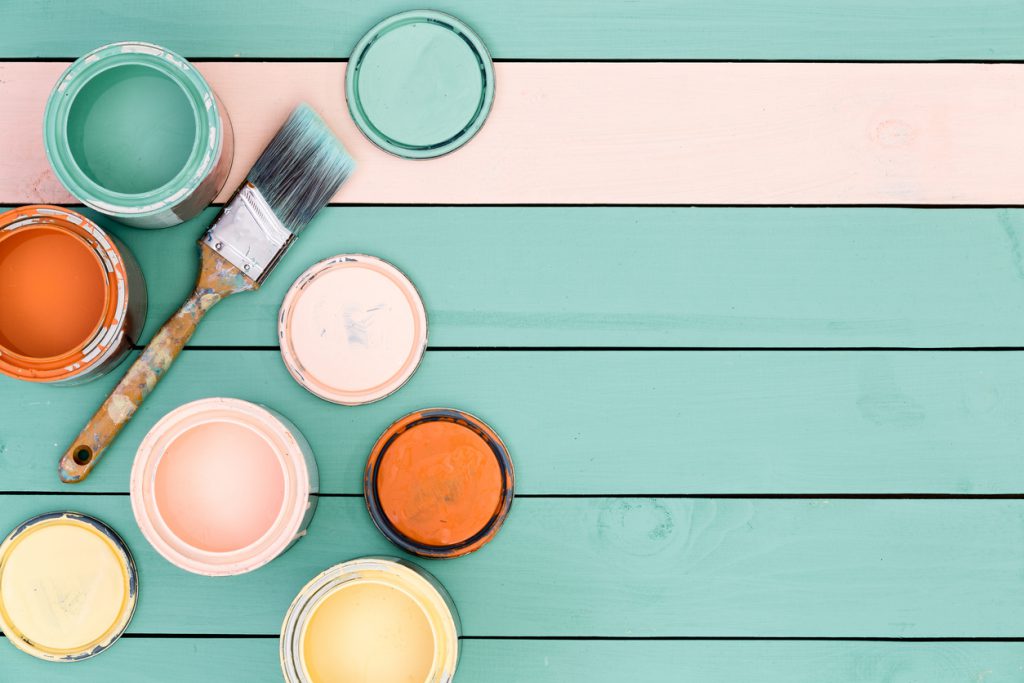


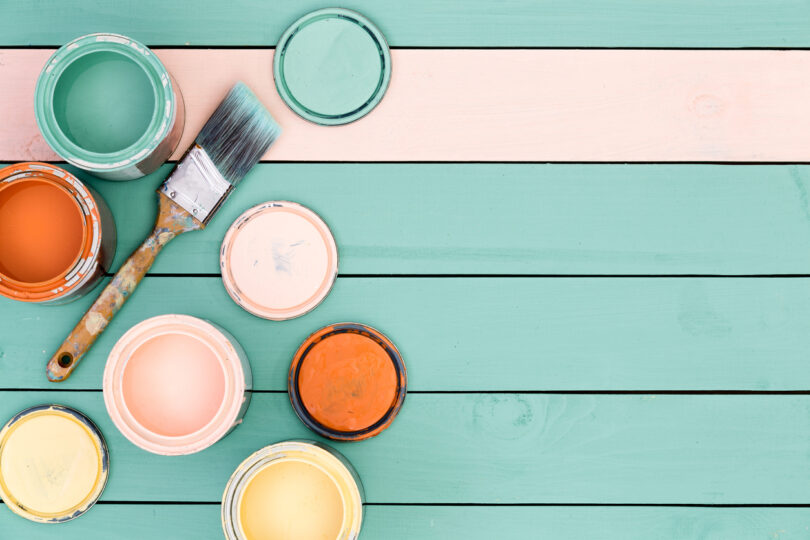

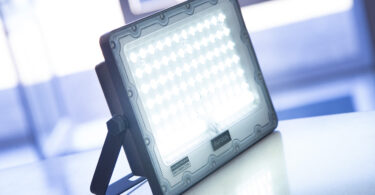
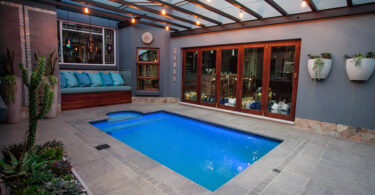


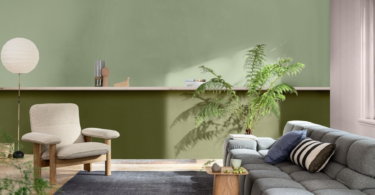
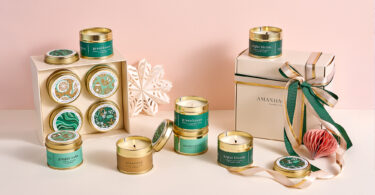
Leave a Comment